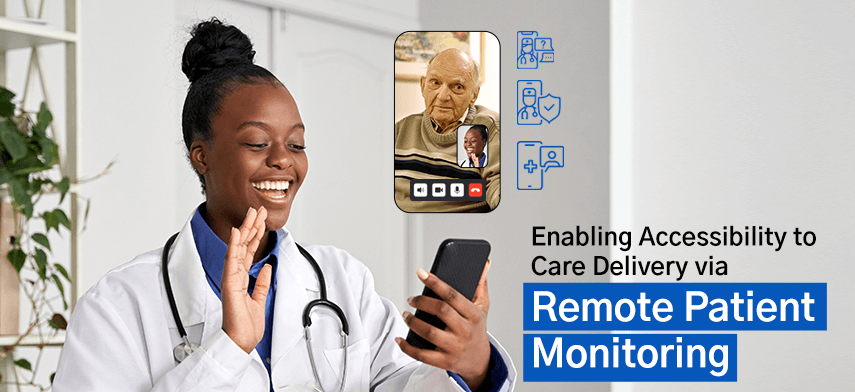
The healthcare landscape is undergoing a digital transformation, and remote healthcare monitoring systems are at the forefront of this change. With the promise of real-time data, seamless scalability, and enhanced patient engagement, these innovative solutions are shaping how care is delivered and experienced. For remote healthcare monitoring providers and patients alike, adopting remote monitoring technologies means more efficient, proactive, and personalized care. This article explores the statistical and trending benefits of leveraging continuous, data-driven care through scalable remote healthcare monitoring systems.
The Value of Remote Healthcare Monitoring Systems
Remote healthcare monitoring systems involve using digital devices and applications to collect, transmit, and analyze patient health data outside of traditional clinical settings. Devices ranging from wearable fitness trackers to sophisticated multi-parameter monitors continuously gather information such as heart rate, blood pressure, and glucose levels. This data is then relayed in real time to healthcare professionals for assessment and timely intervention.
Widespread adoption has accelerated during recent years. According to recent statistics, the global remote patient monitoring market is projected to reach billions of dollars in value by 2027, driven by increased focus on chronic disease management and aging populations. Additionally, studies show hospitals using remote monitoring systems have observed a substantial reduction in readmissions and emergency room visits.
Key Benefits of Scalable Remote Healthcare Monitoring
Enhanced Patient Engagement and Self-Management
A fundamental benefit of remote healthcare monitoring lies in fostering active patient participation in their own care. With continuous data at their fingertips, patients become more attuned to their health status and learn to recognize how lifestyle choices, such as exercise and diet, affect their well-being. Users of these systems often report heightened motivation to adhere to medication plans and follow-up schedules because they can see tangible feedback in real time.
This level of engagement is not just anecdotal. According to published reports, digital monitoring tools can improve patient adherence rates by as much as 50 percent for chronic conditions. The empowering nature of immediate feedback helps transform reactive healthcare into proactive health management.
Real-Time Data and Early Intervention
A core advantage of continuous monitoring is the provision of real-time health data. This enables healthcare professionals to detect subtle shifts in a patient’s condition before symptoms become critical. By identifying potential health issues early, interventions can be initiated more rapidly, reducing the risk of hospitalization or complications.
Research has consistently shown that early detection through remote monitoring can lower mortality rates in high-risk groups, such as those with heart disease or diabetes. Timely alerts and notifications ensure providers can intervene based on objective, data-backed metrics rather than subjective symptom reporting alone.
Scalability for Expanding Care Coverage
Remote healthcare monitoring systems are designed to be scalable, making them perfect for clinics, hospitals, and health networks of any size. Their modularity means care teams can onboard more patients effortlessly without straining existing infrastructure. Cloud-based platforms enable seamless integration with electronic health records and ensure data is accessible from anywhere, supporting telehealth models and remote consultations.
Scalability translates to increased efficiency. With asynchronous data collection and automated reporting, providers can oversee larger patient populations with less administrative overhead. This is especially valuable in rural or underserved areas where clinical resources may be limited.
Improved Chronic Disease Management
Chronic conditions are a major burden on healthcare systems globally. Remote monitoring allows for persistent observation of key biomarkers and trends, giving patients and clinicians the opportunity to make small, meaningful adjustments in care routines. Instead of episodic check-ins, monitoring is ongoing and comprehensive.
